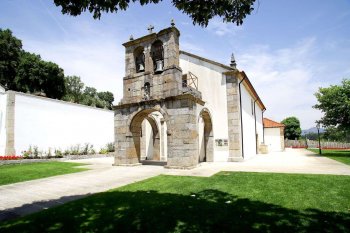Explore the best places
Heritage in Portugal
Centro Histórico de Arcos de Valdevez
- heritage
Arcos de Valdevez
4970, Arcos de Valdevez
As indicated by the name, Arcos de Valdevez is located in the valley of the Vez river. Besides the shoreline, limited by the Campo do Trasladário, it is a lovely, monumental town with typical, narrow streets of the Minho region.
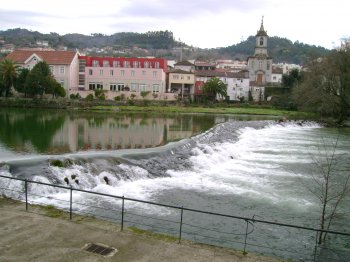
Castro do Zambujal
- heritage
Rua da Fonte, 33
2560, Torres Vedras
Castro do Zambujal is one of the largest Chalcolithic settlements in Western Europe. The fortification is strategically located on a plateau, at the foot of which runs the Ribeira de Pedrulhos, a tributary of the Sizandro River. The central nucleus of the village is characterized by walls with a thickness of more than 15 meters. It is denoted that it was a society that lived from cereals and cattle raising, and that knew how to smelt copper and market it.
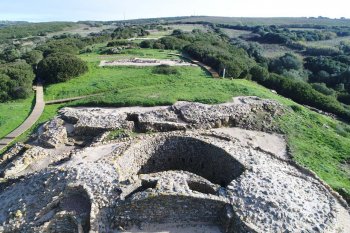
Museu Municipal Leonel Trindade
- heritage
Praça 25 de Abril - Convento de Nossa Senhora da Graça
2560-286, Torres Vedras
Founded in 1929 by Rafael Salinas Calado, it started out as an annex to the Church of São Pedro. After being transferred to the building of the former headquarters of the Irmandade da Santa Casa da Misericórdia, he would still move again. It is currently installed in the building of the former Convent of Graça, of the Order of Augustine Shoes. The main exhibition is an archaeological and ethnographic show with various pieces extracted from the surroundings. Of note is the Medieval Room with paintings and tombstones and the Linhas de Torres Room where you can admire documents, uniforms and …

Carreira dos Moinhos
- heritage
Carreiros
4540-026, Carreiros
It is assumed that this asset is set only in the country, by the way the 17 windmills are arranged in career. Located in the parish of Alvarenga, windmills, built in schist and slate-covered are fine examples of traditional architecture of the region.

Castelo de Torres Vedras
- heritage
Largo Coronel Morais Sarmento
2560-602, Torres Vedras
Castle located on top of a hill, in an area surrounded by the village. The walls were raised by the Arabs and, later, D. Dinis expanded the fortification and D. Manuel ordered its reconstruction. This castle was part of the defensive system of Linhas Torres. Ruined by the 1755 earthquake, it still retains some sections of the wall and the large semi-circular turret that defended the entrance to the former Palace. Inside the wall, in an oval shape, there is a chapel, the citadel that includes the keep and three cisterns.

Forte de São Vicente
- heritage
Rua do Forte de São Vicente
2560, Torres Vedras
Medieval fortress rebuilt in the 19th century, during the French invasions. It was part of the Linhas Torres, being one of its most important fortifications. It is made up of three asymmetrical bulwarks, whose walls are open to cannons, divided by deep moats, which are distributed in a Y shape. At the highest point of the fortress are the ruins of a primitive chapel.
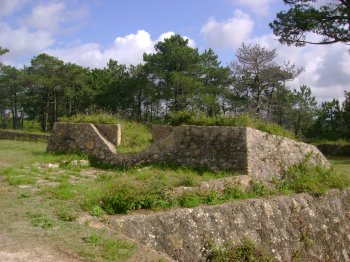
Aqueduto de Torres Vedras
- heritage
EN9
2560, Torres Vedras
Gothic aqueduct with a length of two kilometers. It is formed by two orders of arches, and the water runs in underground channels and on the surface. Its purpose was to supply the village.

Capela da Santa Casa da Misericórdia de Arouca
- heritage
Praça Brandão de Vasconcelos
4540-110, Arouca
Chapel built in 1612, very rich in its iconographic programme, where are represented Evangelists, Apostles, scenes from the Birth, Life and Passion of Christ, among others. The interior consists of a very simple altar and the ship's all covered with tiles dating from the 17th century. Sorted Property of public interest since 1959.
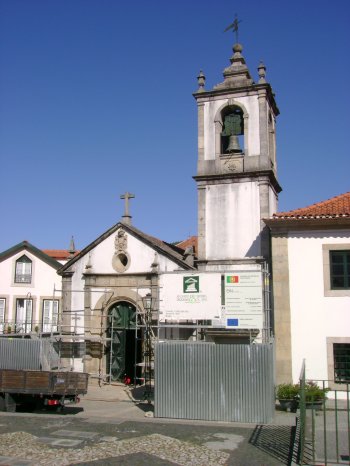
Torre dos Mouros
- heritage
Lourosa de Campos
4540-211, Lourosa de Campos
Also called Medieval Tower, Moorish Tower or Torre de Lourosa field. Stately tower with Gothic elements and military defensive features. Is a unique building in the municipality and is in good condition.
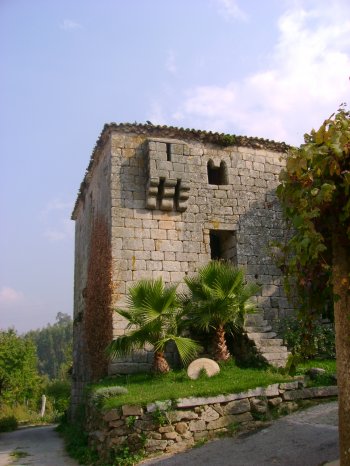
Igreja São Miguel de Urrô
- heritage
Urrô
4540-659, Urrô
This church was built on the XVII century and it is incorporated in the mannerism style presenting the most naïf elements from the popular architecture. It has a granite campanile.
